Our thank you sale is on now - save 10% off any item, or 15% off two or more!
- Home
- Art Museums in Germany
The Best Art Museums in Germany: Must See Art Galleries & Displays
By: Lydia Fulson / Writer, Pyrography Artist, Thrill Seeker, and Traveler
Discover the best art museums in Germany. Sightseeing, castle touring, and city visiting aside, what about an activity for art lovers? Here's when the art galleries of Germany step into the spotlight.
Let's cover a handful of the most popular museums and galleries in the busy touring districts.
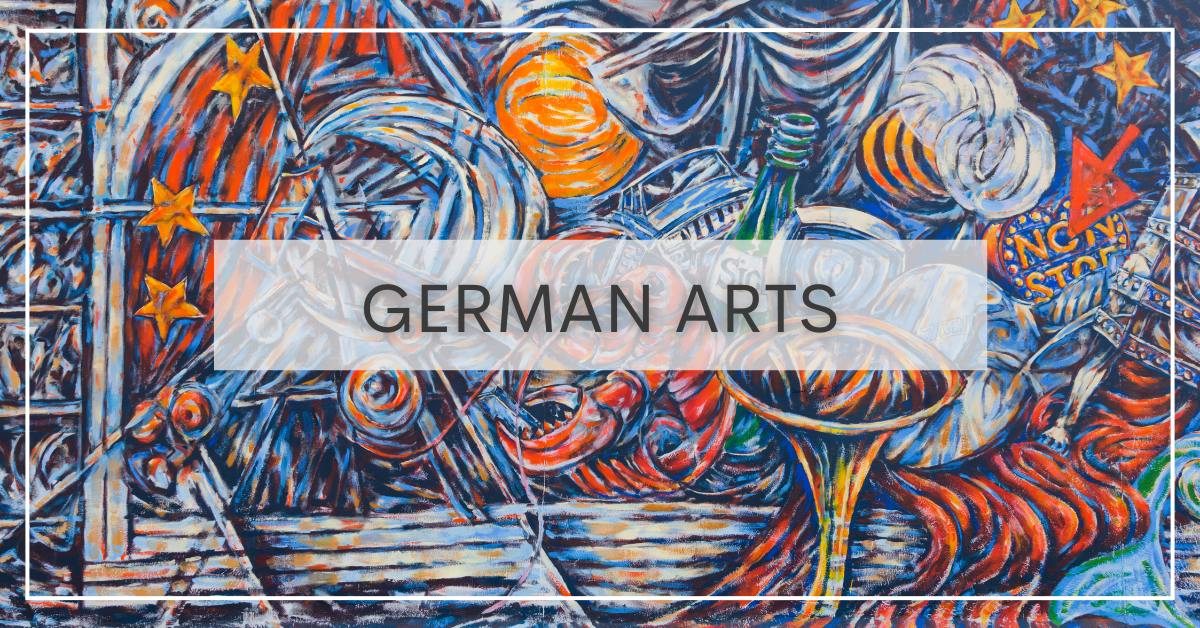
Germany has been a huge part of the artistic movement for centuries, embracing powerful and influential pieces with open arms. It is known for producing some quite well-known artworks and ambitious artists.
It's more than scribbles on a page. Well, some pieces look that way, but that's beside the point. As one of those art lovers myself, I see the prettiness in frantic scribbles.
During my tour of Germany, I fixed my eye on every piece of art I saw.
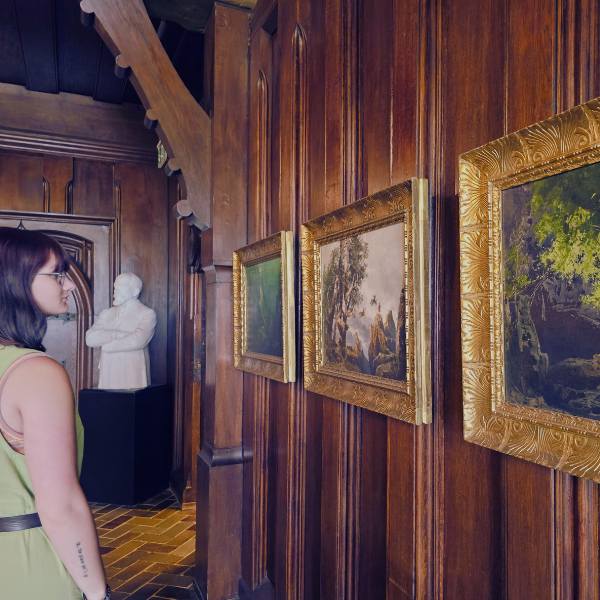
It's crazy to think how art supplies have evolved since these times. In the 1500s, bread worked as erasers, and squirrel hair and porcupine quills were your only painting tools. So art took even longer to produce than it does now, where people can generate things with a few tip taps on the computer.
On my recent trip to Germany, I really appreciated the art hanging in the old Coburg Castle, as shown above, and the intricate street art in Berlin. Speaking of Berlin, here's our first must-see display.
On this page:
Remembrance in Color: The East Side Gallery
The Berlin Wall was used to divide Germany's people. Now it stands, half-crumbled, but painted with amazing street artists' work, international artists, to bring a little cheer to the dreary side of history.
These artists came from 21 countries worldwide to give a glow up to the east side of the wall. You can visit the masterpiece, otherwise known as the world's longest open-air gallery, on Mühlenstraße, Mill Road, in Friedrichshain, Berlin.
I captured this picture from our tour bus during our two-day stopover in Berlin. This is just a sliver of the gallery display, and no painting looks the same. What a landmark and a must-see gallery!
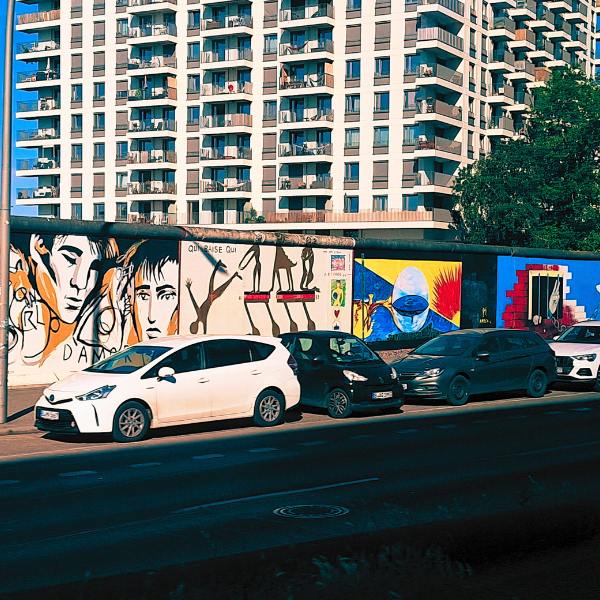
Vincent Van Gogh
Let's talk about the work of a famous artist who wasn't always oh-so-famous.
There's no question that when you show a photo of the famous Starry Night painting, everyone knows that it's the intricate work of Vincent Van Gogh. But what many don't know is that Mr. Gogh wasn't always popular. In fact, his time painting was so short that no one at his time really had any clue who he was. Until his tragic death in 1890, only his fellow artists, whom he would paint with daily, were aware of his hidden talents.
Vincent introduced a new perspective to the black-and-grey world. Now we can visit his artworks throughout Germany, which we also have to thank for making his works known.
Did Germany Make Vincent Gogh Off?
If it wasn't for Germany, much of Europe would not have been exposed to Van Gogh. After his passing, in 1900, a major gallery was put up in his honor in Paris, where Vincent lived. The Galerie Bernheim-Jeune displayed 70 of his pieces, where hundreds would come and see them.
One among those hundreds was a man named Paul Cassirer, a German art dealer who fell head over heels with Van Gogh the moment he saw the art. He came back to Berlin and launched a display of his artwork here, for Germany to be exposed to the talented, soon-to-be, famous prodigy.
Neue Pinakothek: Munich
The most famous place to see Van Gogh's pieces in Germany is the Neue Pinakothek in Munich. This museum is located in Kunstareal, the art district of Munich, where several different museums sit together. The Pinakothek consists of three separate museums displaying art of different styles, artists, and decades.
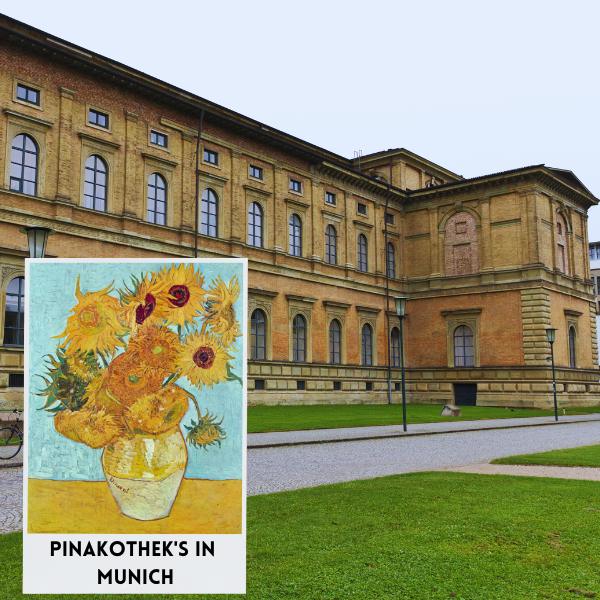
Van Gogh, Claude Monet, and other impressionist artists are displayed in this part of the Neue part of the art gallery. Here, one can see the beautiful Sunflower painting and his tranquil View of Arles.
Another museum in the district is the Alte Pinakothek, the 'Old' display, showing, well, the older pieces. See paintings dating back to the 14th century and the only Leonardo De Vinci painting shown in Germany!
The final piece of this famous museum grouping is the Pinakothek der Moderne, displaying the modern centuries of contemporary art. Do check out David Hockney and his fun, colorful pop-art displays!
Alte Nationalgalerie: Berlin
The Alte Nationalgalerie is located on Berlin's Museum Island in the city's center.
This gallery hosts Europe's largest 19th-century painting and sculpture collection. Now, that's quite the title to hold.
The gallery's artworks are carefully preserved and well cared for. Every piece of art is displayed in an environment best suited for its medium. Temperature, humidity, and lighting are all considered and monitored daily to protect the artworks and sustain their original beauty.
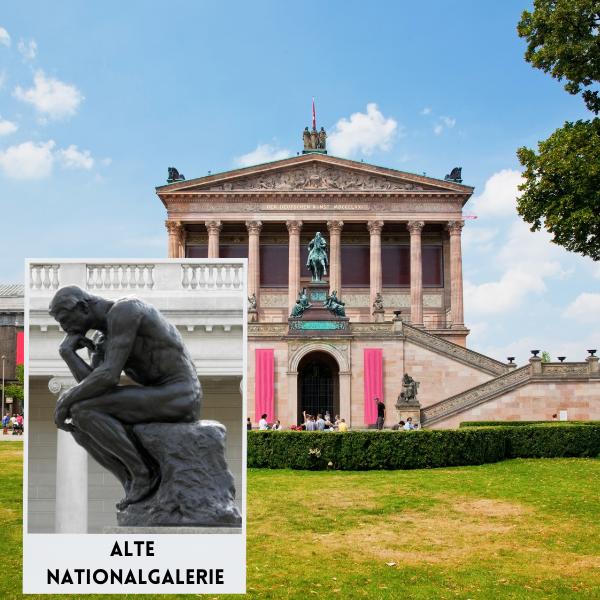
Exhibits
The Alte Nationalgalerie displays three floors of exhibitions.
On the First Floor: Embark on a journey through the art of Adolph Menzel with his finesse and ability to make colors pop off the canvas. Floor One is also where one can see the massive display of sculptures featuring the works of artists such as Adolf von Hildebrand and Johann Gottfried, displaying his famous marble sculpture, 'Two Princesses'.
The Second Floor: The second-floor exhibit displays some of the finest impressionist artwork of the 19th century, with its largest display being the incredible oil paintings of Max Liebermann.
Liebermann was a man who set the way for impressionist art. His famous oil-on-canvas painting: "Bier Garten of Munich", 1884, is his biggest hit and can be viewed here as well as in the Neue Pinakothek.
See multiple other works of the oil paint master himself and many others who followed in Max's footsteps into the world of embracing those primary colors.
What is Impressionism?
The primary colors, red, blue, and yellow, play a crucial role in impressionistic art. These colors are the main ones used alone to create the undertone when mixing new colors. You may see green trees, but if you look closely, they may have more of a blue tint underneath. The artist chose blue as the base undertone for mixing the green.
Impressionism is more than primary colors, though, of course. Impressionism is the focus of painting the scene based on the first glance. Say you set up an easel in the park to paint the scenery around you. What an impressionist artist would paint is what they would see at first glance, almost without focusing the eyes.
When you look at something without focus, what sticks out most? Bright colors, shapes, and light. There's not much detail, but emphasizing the light can make it seem like there is. They make it look smudged and blurry, but that's the vision of Impressionism!
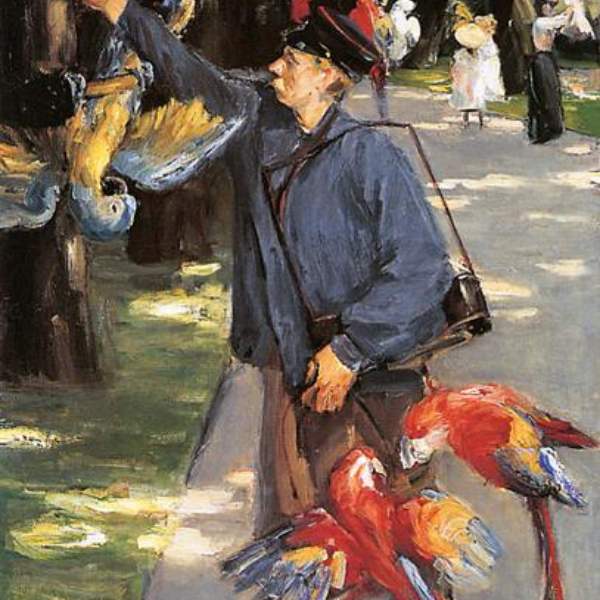
Max Liebermann's 'Parrot Caretaker in Artis' is a great example of Impressionism. Notice the primary colors are plenty, bold highlights, and a smudgy effect. No wonder, he's the master of the style.
Third Floor Exhibit: This floor contains what many see as the highlight of the entire gallery. The collection of Caspar David Friedrich and his admirable landscape paintings.
The third floor is the newest part of the museum, hosting special exhibits in separate rooms depicting oil, landscapes, cityscapes, and many more. Another popular must-see painting group of art is the cityscapes of Berlin by Johann Erdmann Hummel. After all, you're in Berlin. How could you pass on seeing the stunning city in person AND on famous canvas?
A Busy Royal Bee
Follow along with an audio guide to lead you through parts of the exhibition, learning and taking a deeper dive into the artists' minds and the pieces' history.
The triple-floor gallery was built in a nine-year span from 1867 to 1876. The king, Frederick William IV, mentioned his ideas of how the building should be designed to the architects. It was decided to go along with the king's design, as he had experience in architecture.
During his rule, he was the designer of multiple architectural projects, including the finishing of the famous Cologne Cathedral.
Städel Museum: Frankfurt
In the Städel Museum, one can find 700 years of art all under one roof. See works dating back to the 1400's including Picasso and his distorted figures and faces.
Home to modern, fine, old, Renaissance, and contemporary art that makes you think, "Hmm, was this guy's head right when he made this?" The Städel has it all! If you like funkiness and colors that jump at you, this museum is for you.
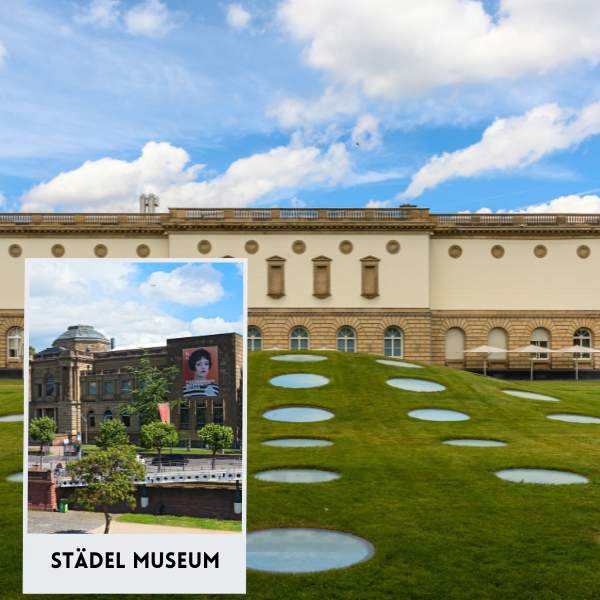
Audio-guided and tour-guided strolls through each display are offered throughout the day.
In the Old Masters exhibit, see the Renaissance works created over the span of 500 years. The artwork screams elegance, detail, and a heavy amount of emotion as these paintings often depict real-life events and glimpses into the personal lives of those living through the Middle Ages. These were trying times for many. The mix of humanity, religion, and harmony wasn't an easy time until we headed into the modern era of the late 18th century, taking us to our next exhibit.
The Modern Exhibit shows when colorful art and religion were able to work as one. There were great debates over whether or not art should be pleasing to the eye or kept mournful and impactful. Little did the people know, artists have a way of making anything impactful, colorful, and lively in one.
Here you can see the Fernande Olivier portrait made by Pablo Picasso himself, the famous After the Luncheon by Auguste Renoir, Max Ernst's wacky, colorful pieces, and one of my all-time favorites, Dog Lying in The Snow by Franz Marc: a portrait of his beloved and loyal pup.
You can't tell me that isn't just as impactful and tugging on the heartstrings as the mournful Renaissance work.
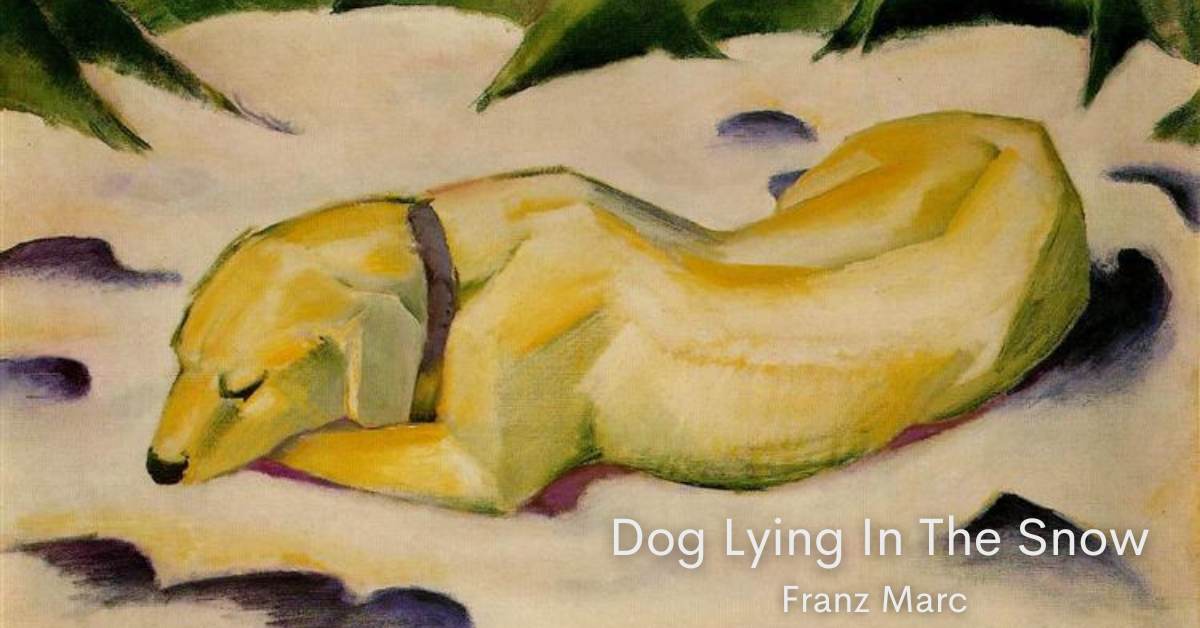
The Contemporary Exhibit: These artists here take a more surrealistic path, which is my personal favorite style. Surrealism pretty much takes those absurd ideas from your head and makes them into something amusing and amazing to stare at.
Random shapes, colors, and lines, with objects thrown in, give that humorous factor. While this art style has been around for less time than the others, only really taking off in the mid-1900s, these artists sure did give us some interesting pieces to admire here.
See the works of Francis Bacon, a well-known and taught contemporary and surrealistic artist who created the painting depicting the impactful screaming lady in his perspective of a scene from the film, Battleship Potemkin.
One can also see Andy Warhol's amazing Pop Art style artwork. His art blew up across the world, and anyone who sees it knows, "Yep, that's Andy's!". Warhol's life came to a halt too soon, but he left behind some of the most impactful and funky art for the Staedel and many other exhibits around the globe to show off.
Another exhibit I'll mention here at the Staedel is a wacky outdoor display from Ugo Rondinone, a sculpture artist who dabbles in almost every art form you can think of. You could say he has that whole emotion-displaying category down pat.
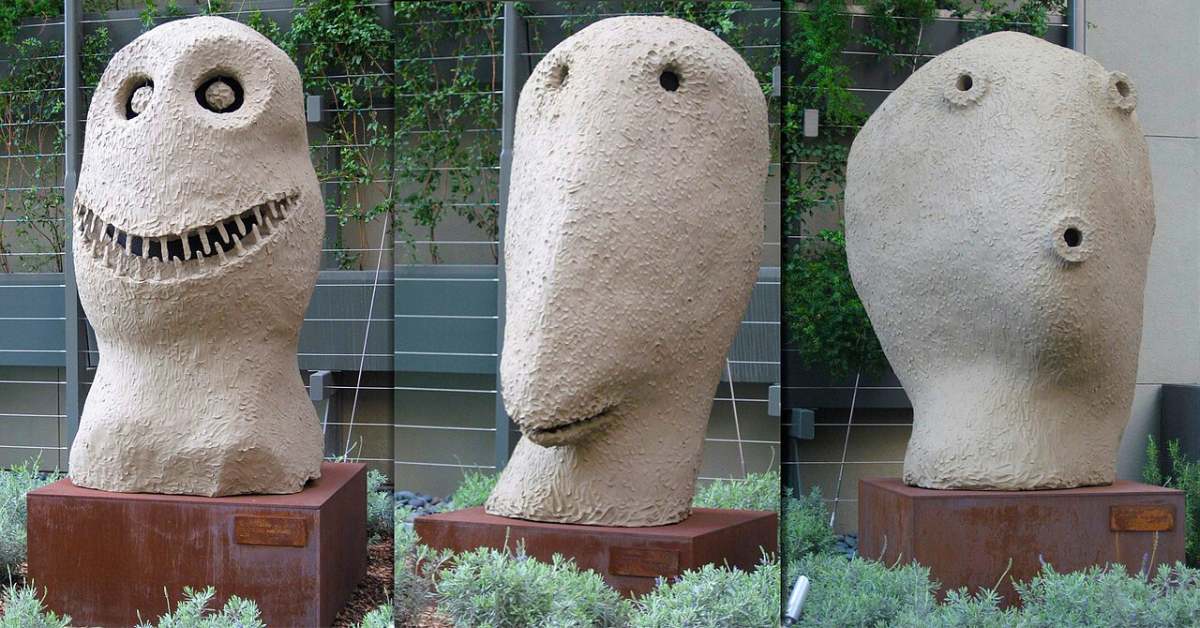
These eerie, fun, and rather hilarious sculptures are displayed at the Staedel during the warmer months. Ugo Rondinone is still creating massive works of creativity to this day.
This exhibit is called Sunrise East and this is only a quarter of it. These statue heads are two meters tall each and there are twelve of them, all standing in a circle in the museum garden. Each face represents a month of the year, explaining why there are twelve.
The first one in the photo above shows March's statue, the second displays October, and the third is December. So creative! This is one of those must-see temporary exhibitions, so get there while it's still warm out!
Museum Ludwig: Cologne
The big and bright exhibition space of the Ludwig Gallery makes it a lovely spot to display some beautiful modern art. What makes it even better is its location.
Where is it, you ask?
This gallery is right, and I mean RIGHT beside the massive Cologne Cathedral! If you're standing in front of the cathedral, take a few steps around it, and bam, there you have the Ludwig Museum!
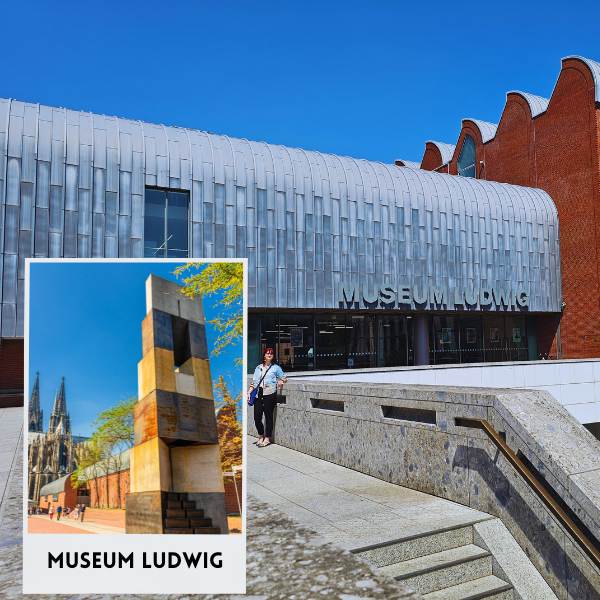
Exhibits
After our visit through the cathedral of absolute beauty, we stumbled across the museum building, which I had no idea was so close to such a mega tourist attraction. The location certainly helps bring extra foot traffic to the gallery. But being inside this place, you'd never know how busy it is by how spacious the exhibition halls are.
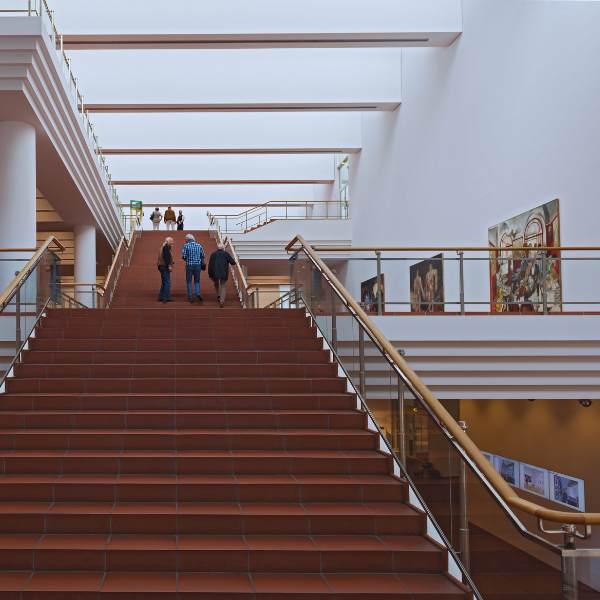
Anna Boghiguian: Anna Boghiguian is being recognized at the Ludwig Museum and will be awarded the 30th Wolfgang Hahn Prize of the Gesellschaft für Moderne Kunst—the Society for Modern Art.
Anna's work ranges from sculpting to murals, drawings, paintings, large-scale installations, and more. What can't this creative mind do? You can experience her impactful pieces on humanity in person at the Ludwig Museum, displayed from November 9, 2024 – March 30, 2025.
Two for the price of one!
Honor the mastery of two incredible artists in one exhibit: Seescapes! (Clever name) The works of Alfred Ehrhardt and Elfriede Stegemeyer will be presented in the Photography Room from November 30, 2024 – April 21, 2025. Here, you'll see newly acquired photographs by two men with a spectacular eye for photography in the 1900s.
Become a pro & strike a pose!
Ludwig offers a handful of courses and interactive classes one can join when visiting. Whether it be for a large group, kids, or adults wanting to expand their horizons and know how to engage more into the creating aspect of the art world, there's something for everyone.
A crowd favorite is the POP Lab, where you can be completely submerged into the life of Pop Art at the museum. Create your own pieces to make your visions come to life, just like the great Pop Art artists themselves. Unleash your inner Andy Warhol!
As an extension of the incredible Photography exhibit, a permanent display here at the Ludwig Museum, there is another interactive workshop one can attend after straggling through the 170,000 photos. Here, you can get a behind-the-scenes tour of the exhibit and a real piece of history. See one of the first cameras ever invented, and try it for yourself! Create your own backdrops and collection on top of all this amazing experience.
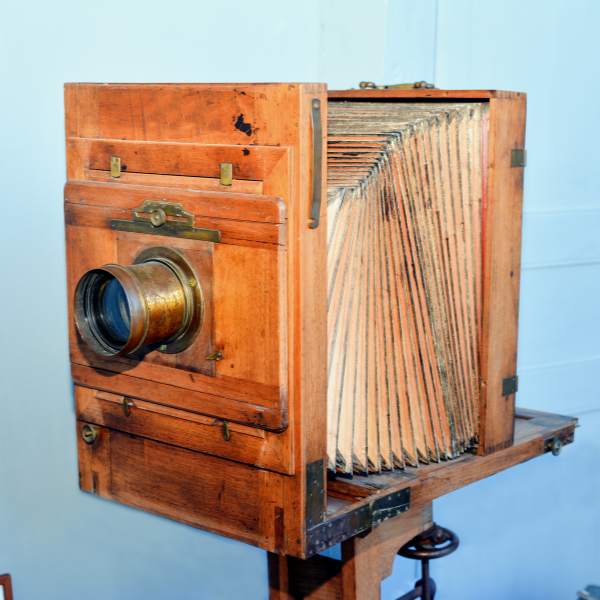
What a cool spot to take the kids and show them how big and clunky cameras used to look before cell phones! You definitely can't fit those in your pocket!
Which galleries will you be adding to your bucket list?



























